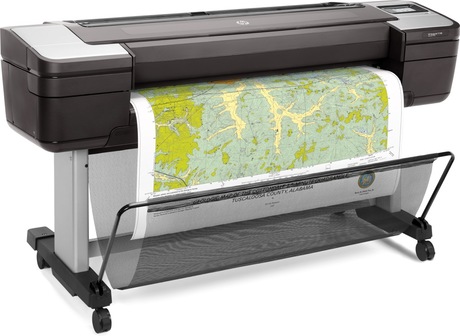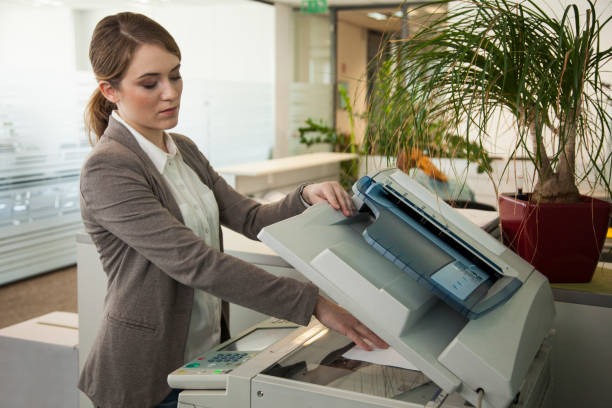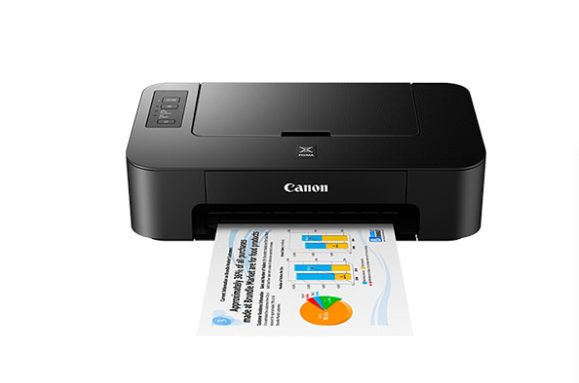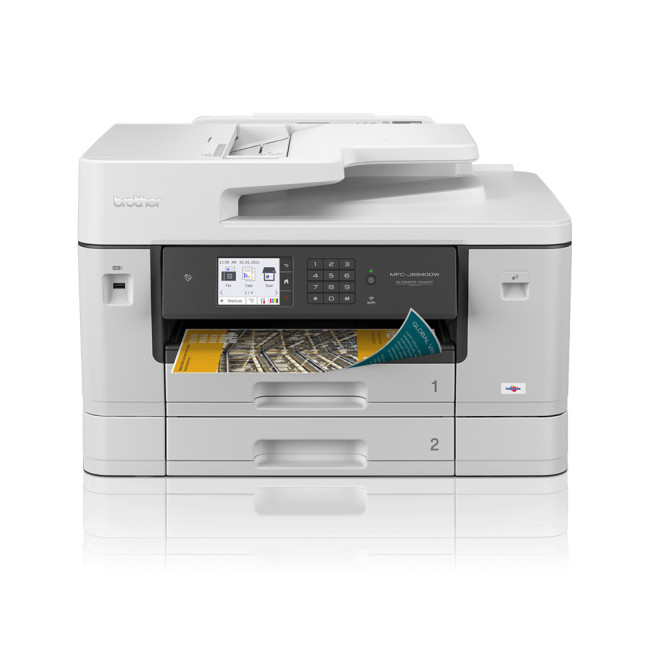
Just what can a plotter do? Well, a plotter works to interpret commands to make line drawings from a computer to a paper with automated pens in one or more. It works opposite a regular printer that directly directs continuous point-to-point from commands or graphic vector files.
Plotters are ideal for architectural designs in blueprints, engineering layouts, and art drawings. The two types of plotters are mainly the drum and flatbed. They work out as a common output device intended for computer design added applications, for vector designs in large output like blueprints in architecture. They draw art lines by a pen moving mechanically into the paper’s surface. It will reproduce a graphic vector such as a polygon then be drawn onto the computer.
If you are in Los Angeles and you are looking for a Copier in Los Angeles for your business, you may contact Clear Choice Technical Services in Los Angeles. You can ask about Copier Leasing Services in Los Angeles, Copier rental services in Los Angeles, and Copier Repair in Los Angeles.
It also gives a hard copy of the output, drawing pictures using a pen on paper. It is the graphic printer that draws the image using the ink pens. Its basic function is to turn the digital data into the other level of printed media, in text or graphic output. Many of its kind uses local peripherals primarily being attached to a printer cable. The newest uses a USB cable to a computer. This serves as the main source of the document.
GET MORE ABOUT IT
Plotters are known for years retained in their place capable of producing very large drawings. Only in later years, it was replaced by conventional printers using a wide format. However, they remain in use for some industries.
Their capacity to print large-scale jobs is just one advantage. Loading the head plotter is closer and regular. This makes the printing result better and uneasily not broken. During the work process, it uses line-by-line techniques so that it can form shaded and matched areas. This makes the printing result more accurately better.
The excess in the cutting plotter can be used in the printing patterns. Some examples are vinyl, cork, rubber, leather, and more. In the shoe and clothing industry, cutting patterns or materials are its basic functions.
Another function of the plotter is storing micro memory using its port and memory or media storage. You can directly integrate it without needing a computer, and an LCD can connect to the plotter. It facilitates the user in selecting the objects for printing without the computer working for it.
TO SUM IT UP
Plotters are:
- Used on paper to print graphical output.
- It interprets commands from the computer and uses automated multicolored pens.
- Typical usage for plotters is the Computer-Aided Engineering (CAE) applications like CAM (Computer-Aided Design) and CAD (Computer-Aided Design).
- Pen plotters use pens to draw on paper. It allows multiple colors. The user switches the color of the pen during the plot.
- Businesses use them to draw charts. Engineers and architects use them for blueprints.
- In the flatbed plotter type, the pen moves over the paper that lies flat on the surface of it.
- In the roller plotter, the machine prints the drawing when the paper gets moved through it.
CONCLUSION
The plotter has more than its function to offer you a great advantage in working with large sheets of paper. It still maintains quality and exceptional resolution. It can print all different materials. You are provided with more printing options.
Bear in mind that the plotters were the types of printers which are the first to print with color. Not only that, they produce graphics and engineering drawings in full-sized.
The plotter works in multifunction to provide the user with the best of service. Consider the machine’s capacity based on its performance level to achieve the desired output and better results.



